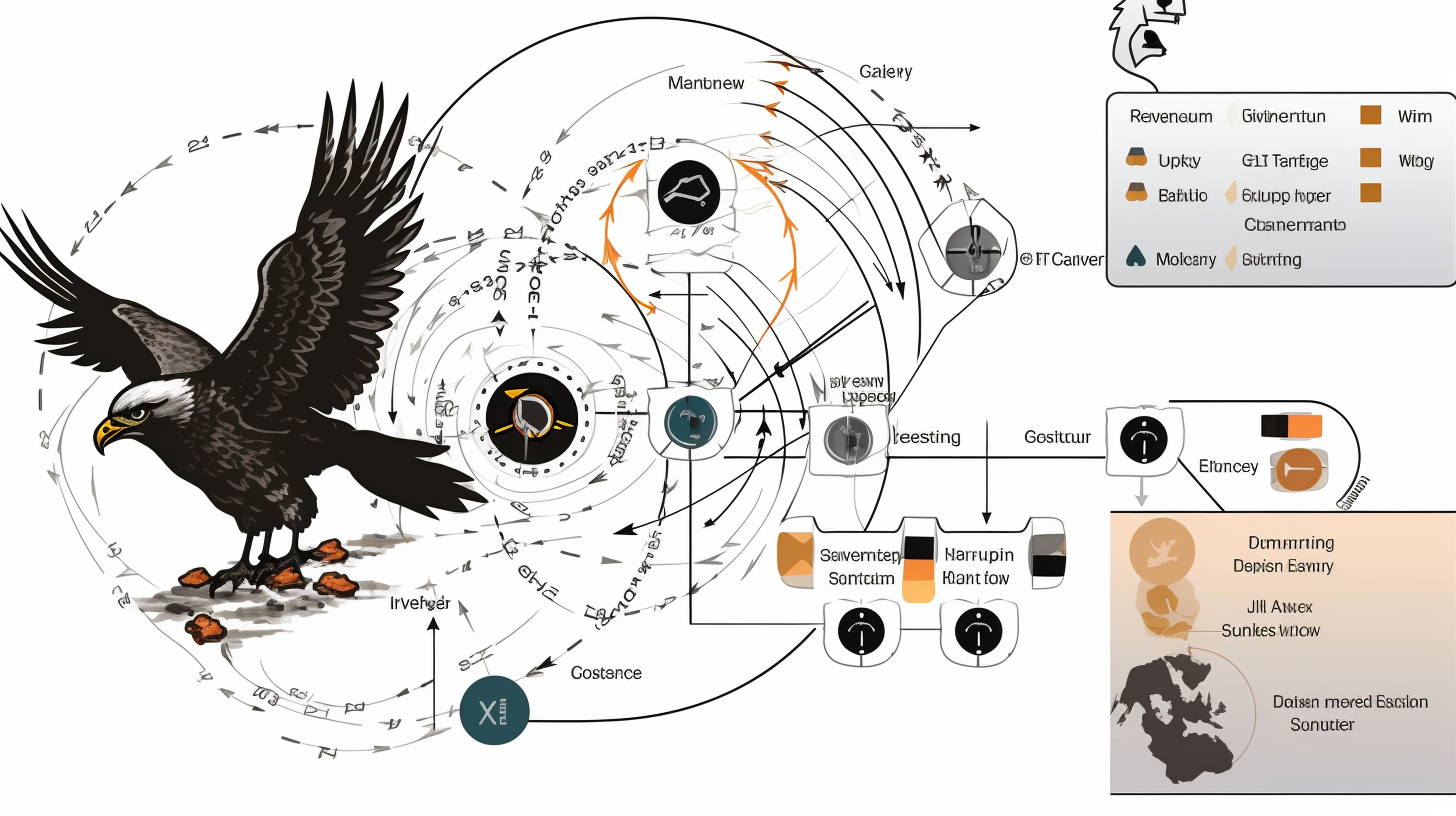Cracking the Code: Configuring and Verifying Device Monitoring Using Syslog for Remote Logging in the CCNP 350-401 ENCOR Exam

Oh boy, where do I even begin? Imagine this—you're cruising through your CCNP 350-401 ENCOR exam when suddenly, you hit the section on device monitoring using syslog for remote logging, and your brain freezes. I mean, who doesn't loathe the daunting task of configuring and verifying this beast? No need to worry, dear readers, because I’m going to simplify this for you, no sweat about it! Hold on tight, folks, we're diving into the deep end now.
Peeling Off the Mystery: What IS Device Monitoring Using Syslog?
Yikes! Don’t allow the complex words to intimidate you. Essentially, device monitoring using syslog is all about keeping an eagle eye on your network devices. You might be wondering, 'why?' Well, to kick things off, it perpetuates your network to operate smoothly, keeps you updated consistently when problems pop up, be it through alerts or log messages.
Stepping on the Gas: Getting Started with Syslog for Remote Logging
Now, you might be thinking, "Hold on a minute, what even IS syslog?" Well, my friend, I’m glad you asked! Syslog, in the simplest of terms, is our star player in logging messages from network devices. Talk about a silent watchdog, right? If it weren't for syslog, pinpointing network issues would be as tough as hunting for a needle in a haystack.
Painting a Picture: Understanding Syslog Message Structure
Consider syslog messages as jigsaw puzzle pieces, where each piece holds crucial information that, when assembled, reveals the complete image. Let’s crack this nut wide open and decipher what each piece means. Ready, set, go!
A syslog message consists of a header and a message. The header contains the priority (think of it as the importance level), a timestamp (Ye olde "when"), and a source address (the ever-important question of "where"). The message part, on the other hand, rolls out the red carpet for the actual log message. It's the meat and potatoes of our jigsaw puzzle!
Demystifying Configuration: Nailing Syslog Configuration
Okay, let's cut the small talk. We’re rolling up our sleeves now, readying ourselves to handle this professionally. Configuring syslog is a two-step dance. First, define the syslog host—that's like handing out the invitations to your party. The command to do so is as simple as pie: "logging host [IP address]." Easy as ABC, isn't it?
The next step is setting the syslog level. It's like setting the dress code for your party. Do you want all messages or just the important ones? That's your call, and Cisco gives you eight levels to choose from, with 0 being the most critical and 7 being the least. A command of "logging trap [level]" gets the job done.
The Proof is in the Pudding: Verifying Syslog
Aha, now we're cooking with gas! Once you've set the stage, it's time to ensure everything's humming along. The verification process is as simple as saying "show log." This command shows you the contents of the internal buffer. If you spot any wrinkles, you can smoothen them out at your leisure and keep your network running like a Swiss watch.
Going the Extra Mile: Troubleshooting Tips
On the off chance that things take a wrong turn, remember: keep your cool. The main thing here is maintaining your composure, staying relaxed and composed. Check the basics first: Is your network cable plugged in? Are your syslog server and network device playing nicely together? Are there any firewalls throwing a spanner in the works? Troubleshooting is essentially quick thinking coupled with careful inspection of each element. Keep in mind, patience plays a key role here.
And that sums it up, everyone! A comprehensive guide on the art of configuring and verifying device monitoring using syslog for remote logging. Armed with this knowledge, you're sure to sail through the CCNP 350-401 ENCOR exam. Best of luck, my friends, and may the odds always be in your favor!